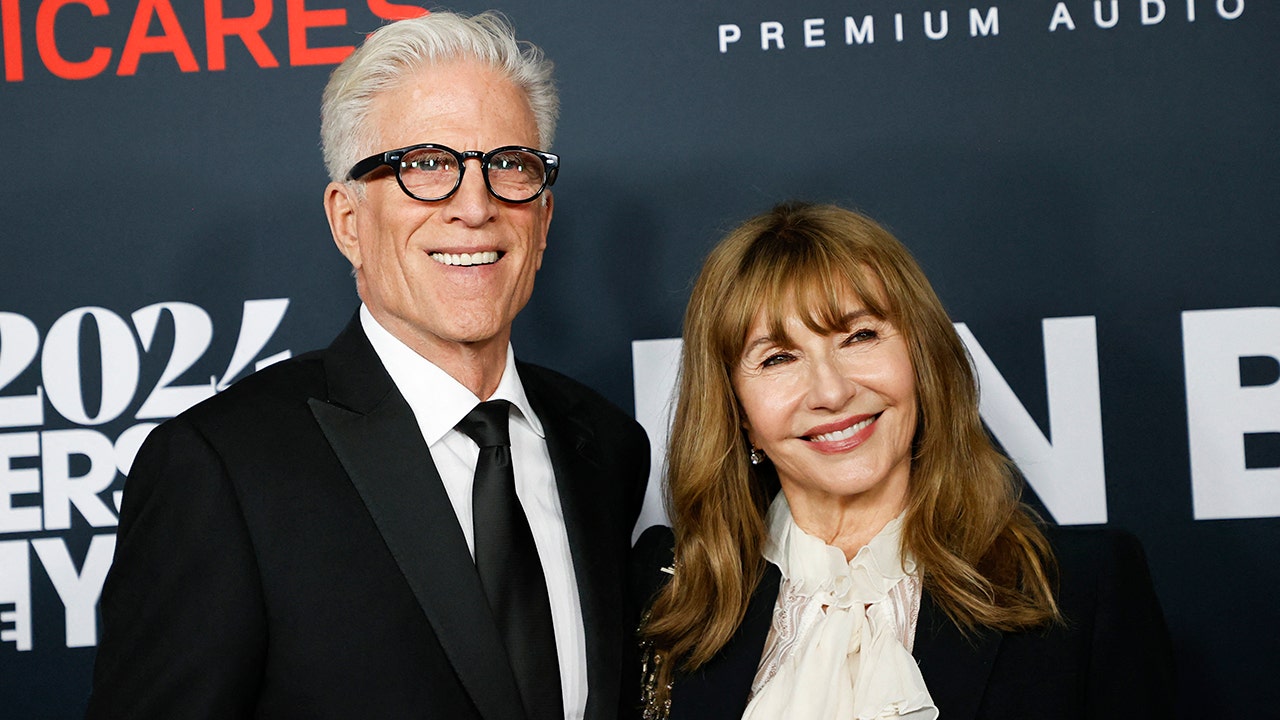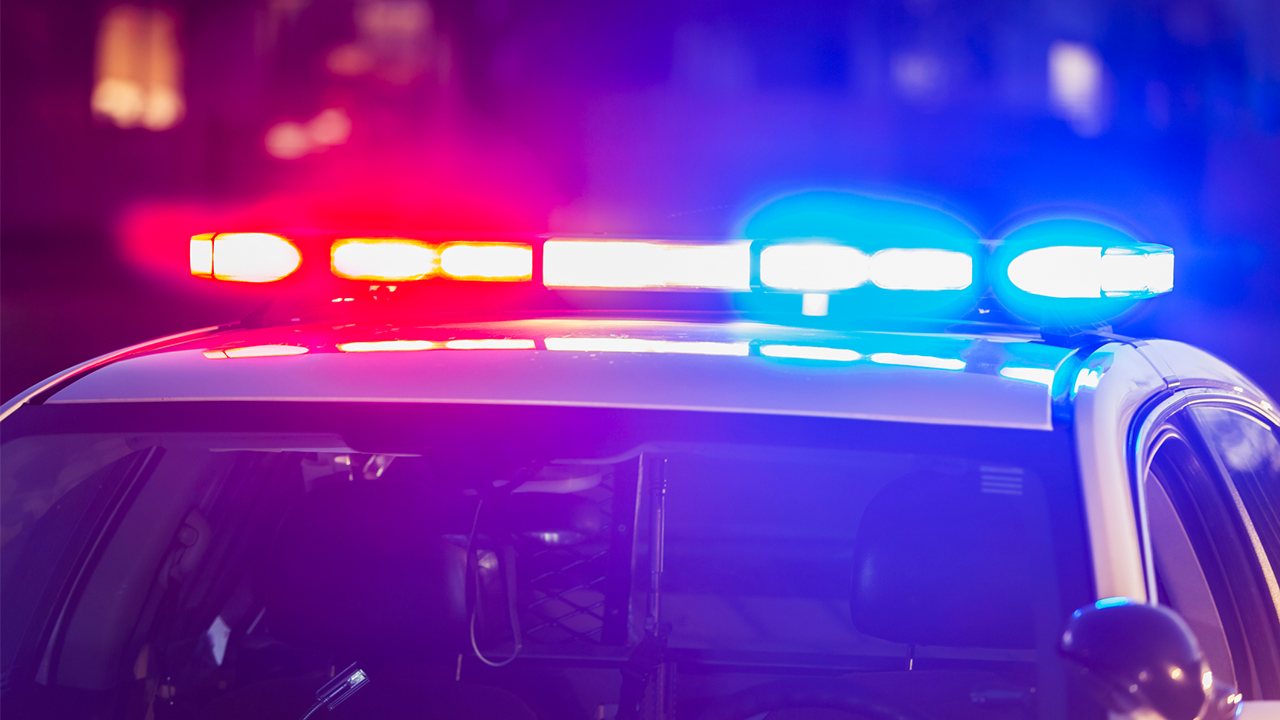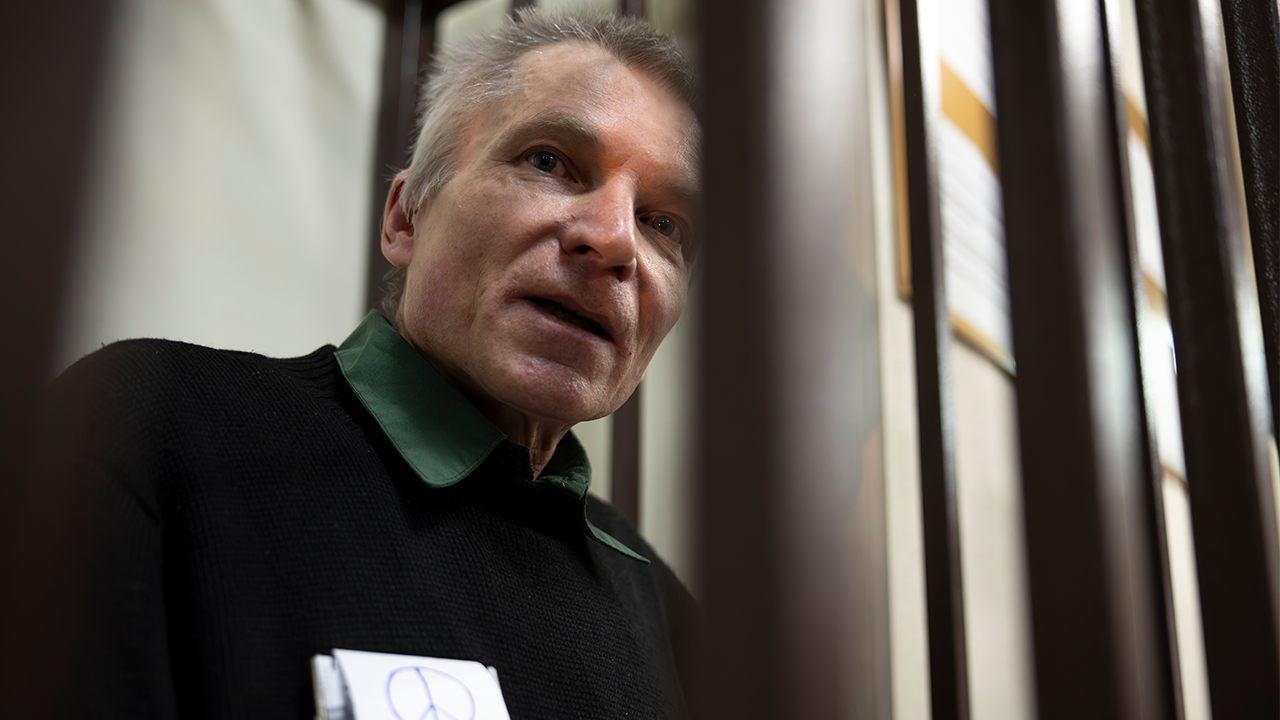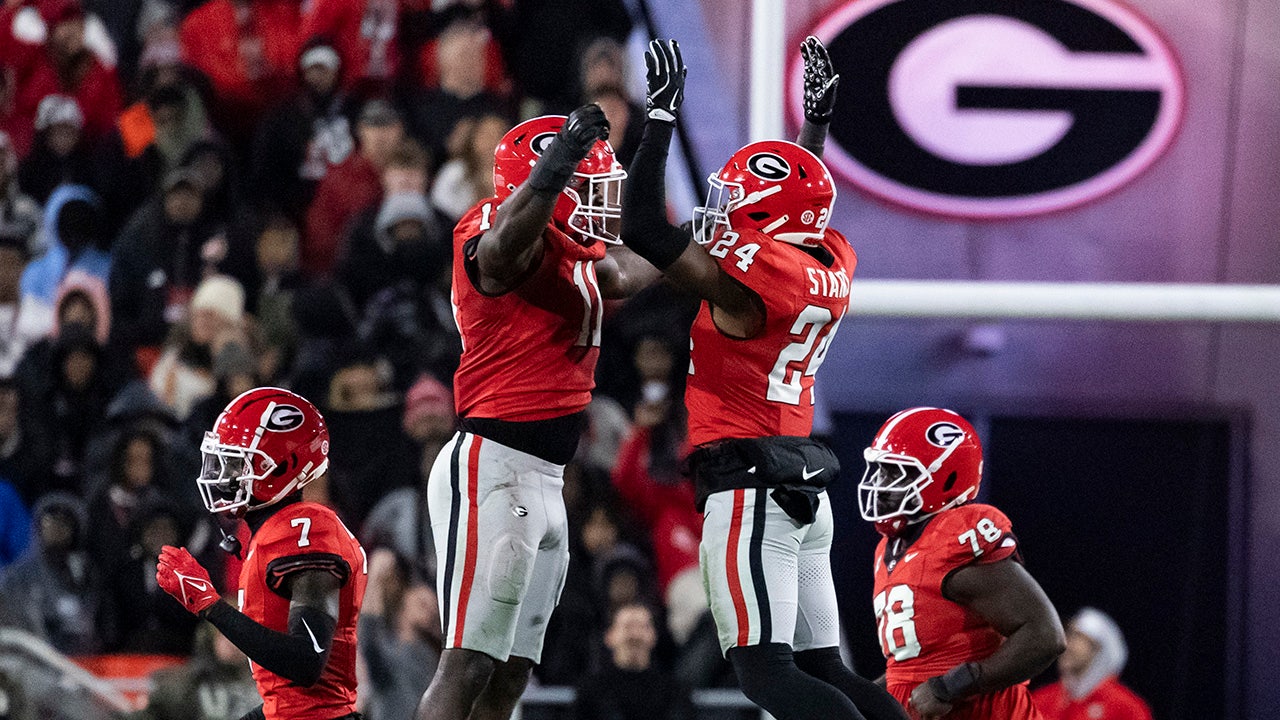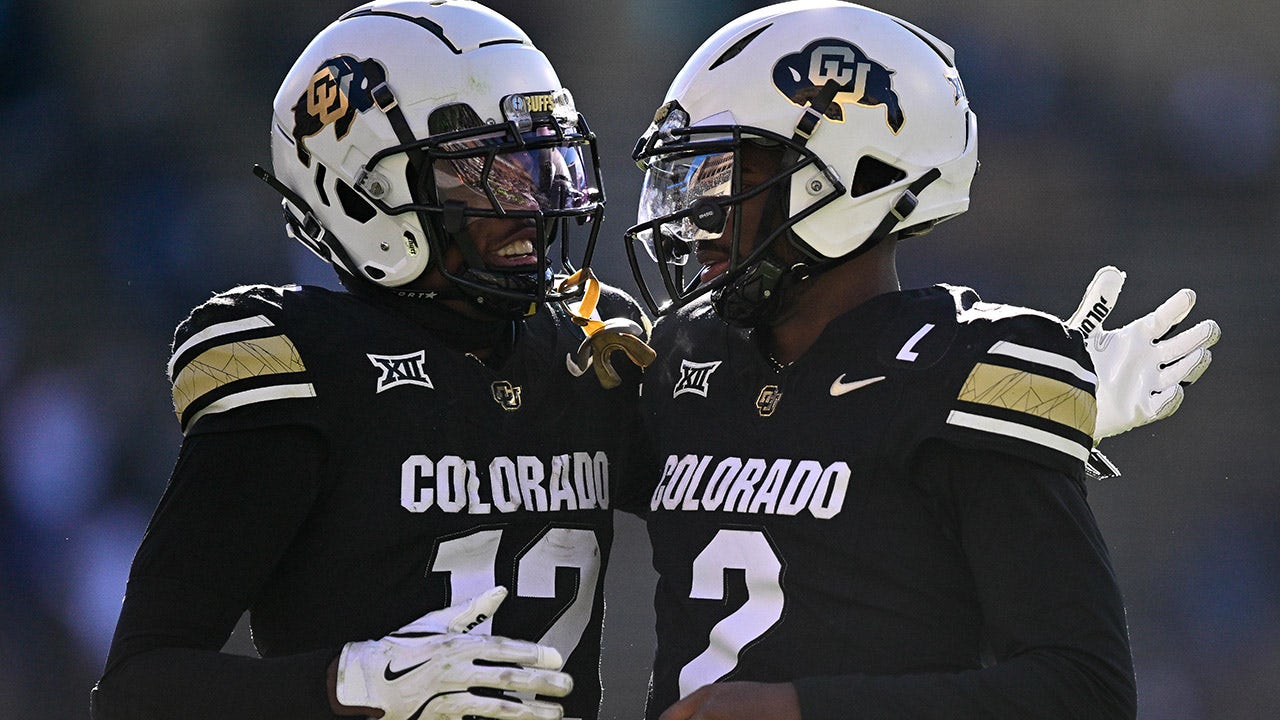Obscure Object of Desire – S&W Regulation Police .32 S&W Long
The evolution of American police arms is an interesting one. It’s often one that highlights a difference between back east and out west. While the western states had a degree of lawlessness to them, which demanded large frame revolvers and calibers that start with .4, the lauded gentry back east prized themselves as civilized. This meant that such big revolvers weren’t necessary, and calibers that started with .3 were acceptable. That’s why guns like the S&W Regulation Police in .32 S&W Long exist.
The first standard-issue gun of the NYPD under police commissioner Teddy Roosevelt was a .32 Colt New Police Revolver. At the turn of the century, smaller, lighter revolvers were quite popular with police. While the .38 Special would become the favored police round in 1920 and onward, the little .32 formed a short but rich history of police use.
S&W created two Regulation Police revolvoers. Both were built on the now-defunct I-Frame. They had a five-shot .38 S&W, which predated the .38 S&W Special. The subject of today’s and my bloviating about .32 revolvers comes from the second, the .32 S&W Long S&W Regulation Police.
The Little S&W Regulation Police
Before the Regulation Police, S&W created the .32 S&W Long. The original .32 S&W was a micro-sized cartridge designed for true pocket-sized revolvers with top-break designs. The .32 S&W Long is often considered anemic, so I’d imagine it was hardly better than rimfire rounds of the era.
S&W wanted to create a stronger, more capable revolver that remained somewhat compact and lightweight to fire a more powerful round. This got them away from the micro-sized top-break guns. This led to S&W’s first hand ejector, the Model 1896 .32 Hand Ejector, which evolved into the M1903 hand ejector. Between the two, S&W created the Military and Police Hand Ejector Model of 1899. S&W liked making good revolvers, but their names were something to behold.
The I-frame Model 1903 eventually evolved into the Regulation Police Model. The differences between the two are minimal. The most important being all the butts. The Model 1903 used a round butt design, and the Regulation Police used a square butt. Both guns were produced in the same barrel lengths.
In models I’ve seen, the 1903s tend to have wood grips with gold S&W logos. The Regulation Police models seem to have simpler wood grips across their square butts. The gun features the left-side cylinder release, a six-round cylinder, an exposed hammer, and a 4.25-inch barrel. The Regulation Police models are divided into pre- and post-war models, with this model falling into the pre-war category.
Pre-war models are all five screw designs. Post War are five or four screw models. There doesn’t seem to be much collectible or value difference between pre and post-war guns.
To The Range With the Regulation Police
I love shooting .32 S&W Long revolvers. They are a real joy in every way except for my wallet. The ammo isn’t cheap. It’s a bit like an addictive drug. It’ll drag you out with a cheap taste. The cheap taste is the fact that you can acquire S&W Model 1903 and Regulation Police guns for less than 200 bucks in great shape. I have two Model 1903s and one Regulation Police and have spent less than 500 total for the three of them.
The .32 S&W Long is known for being extremely accurate. In fact, it’s often used in wadcutter form in semi-auto precision pistols. In revolvers, it maintains excellent accuracy and is very light recoiling. I’m starting to shoot revolvers more and more, but I still haven’t mastered the traditional rear trench-style sight with the blade front sight with most guns.
With the Regulation Police and the .32 S&W Long, I put the front sight in between the rear, rolled the trigger, and by some miracle, holes got right where I intended them to. I can do this fairly quickly at ranges from five to 25 yards. Hitting a 10-inch steel gong at 25 yards is so very satisfying. The trigger rolls very smoothly in double action, and it’s very satisfying as well.
Blasting Away
The gun doesn’t have larger grips, but the square butt helps a lot in filling your hand and giving you something to hold onto. Luckily, you don’t need to hold onto much because the recoil is almost on par with a .22 Magnum. It’s a very gentle gun that’s extremely easy to shoot, and you can fire through all six rounds rapidly without your sights coming off target.
The little gun barks with every trigger pull and hasn’t failed me either. It’s almost a century old at this point, but it still runs like a scalded dog. Even the MagTech .32 S&W Long, which is famed for hard primers, didn’t pose an issue for the Regulation Police.
It’s a fantastic little gun that handles well, shoots straight, and runs reliably. I get why folks moved away from the .32 S&W Long for defensive use, but it is a very enjoyable, albeit expensive, round to shoot. For practical purposes, I could use it for small game hunting and likely kill my fair share of rabbits doing so. In fact, that sounds like a perfect winter hunt.
Read the full article here



